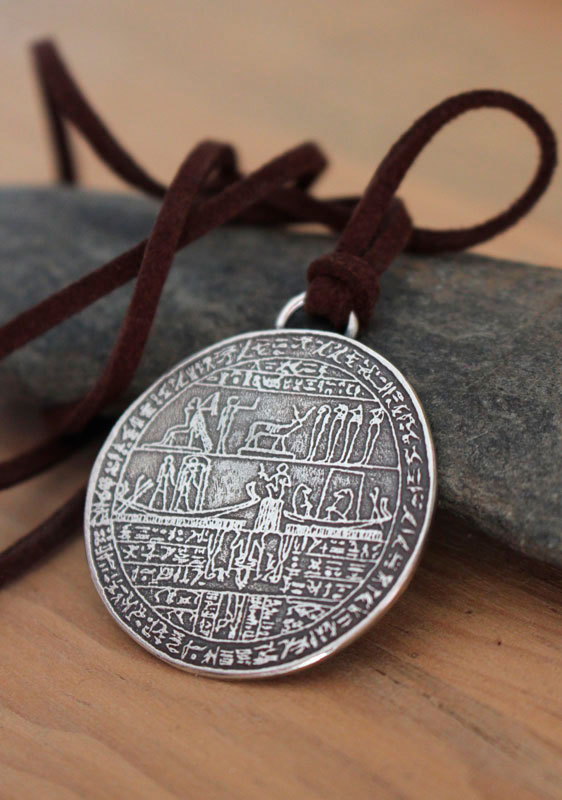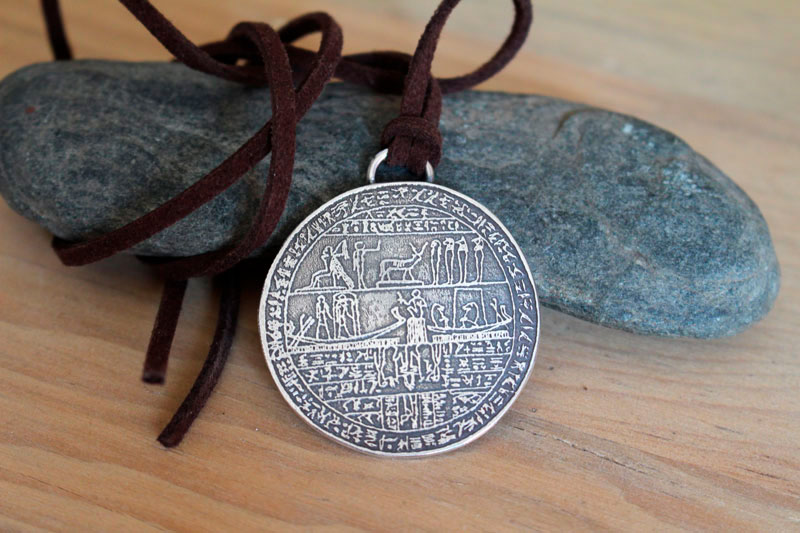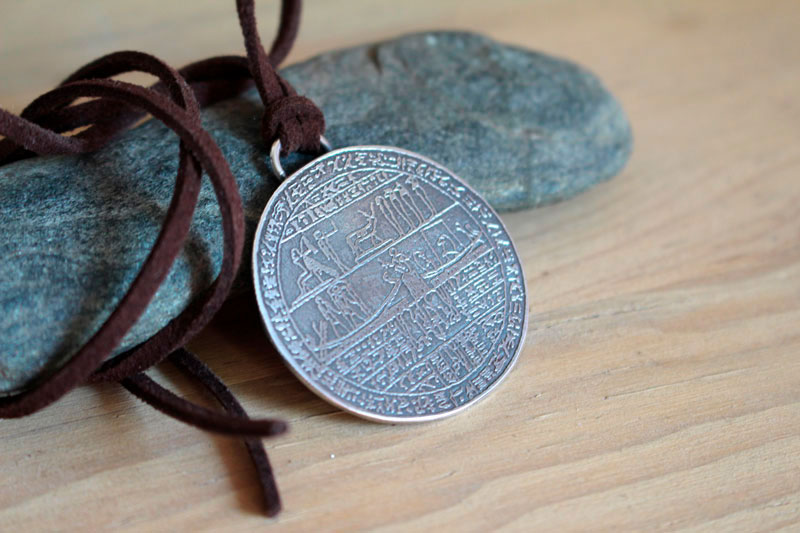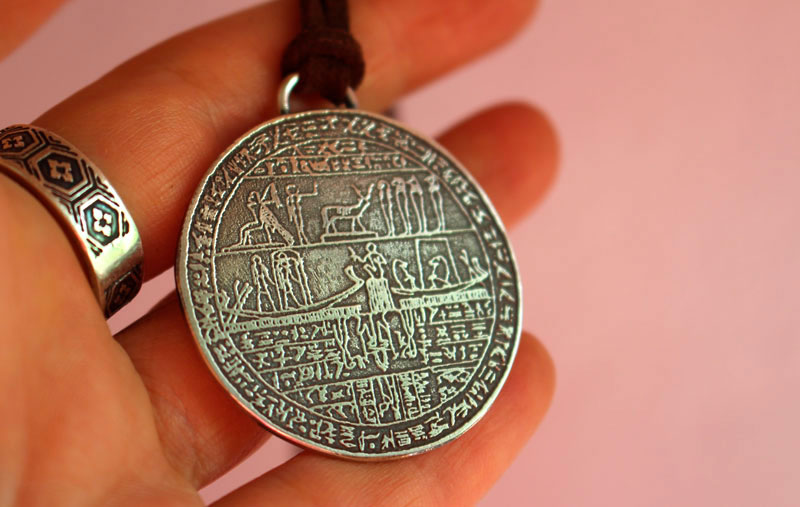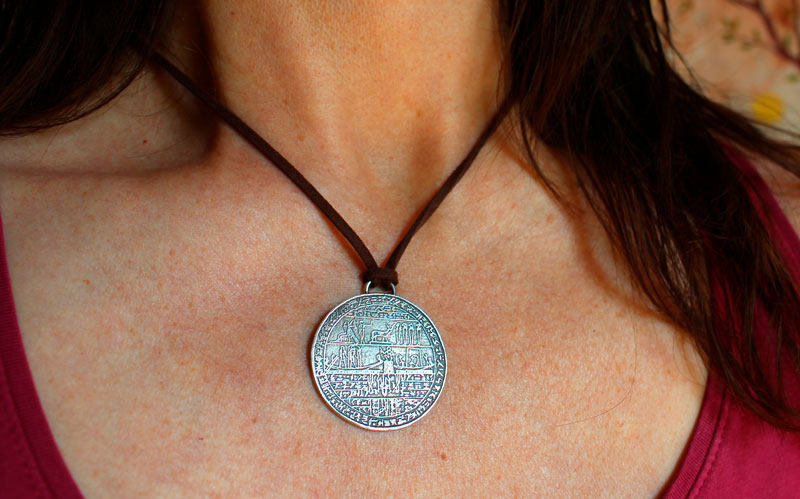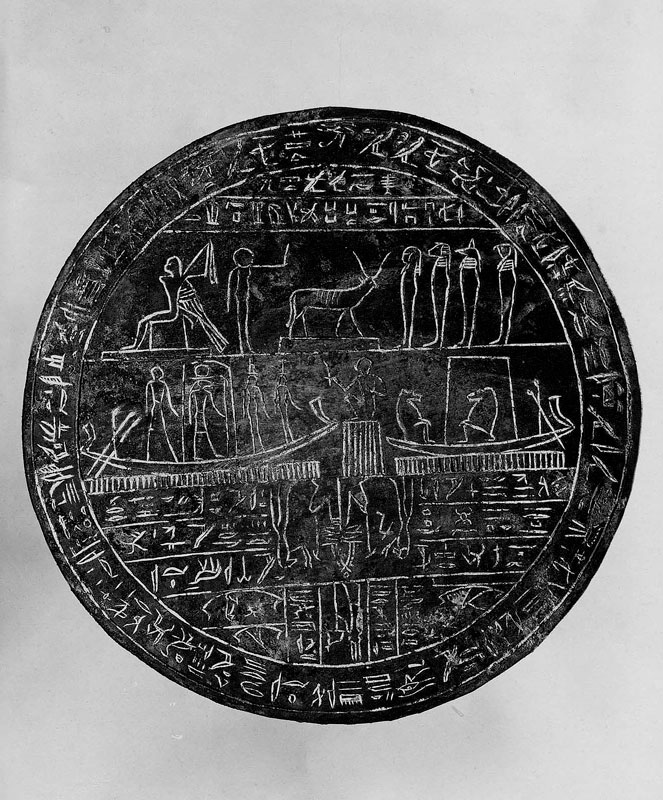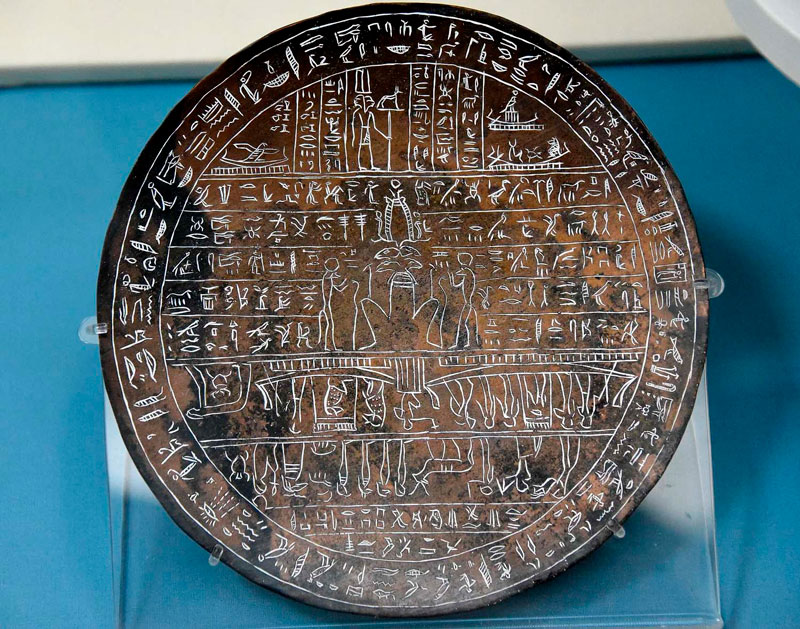- Jewelry
- Inspiration
- Our imagination
- Birthstones
- Celebrating with Eternal Flowers
- Druids and druidesses
- Flower meanings
- History, archeology jewelry
- History and healing properties of metals
- History and healing properties of stone
- Illumination jewelry
- Japanese symbols
- Maya calendar jewelry
- Stone color symbolism
- Stones catalogue
- Wedding anniversaries
- Searches a theme on the site
- Good Deals
- Paintings
- About
- Contact
JEWELRY
- Anklet
- Bracelets
- Brooches
- Cufflinks
- Earrings
- Pendants & Necklaces
- Rings
- Draw your jewelry
- How to clean your jewel
- Metal we used
INSPIRATION
- Our imagination
- Birthstones
- Celebrating with Eternal Flowers
- Druids and druidesses
- Flower meanings
- History, archeology jewelry
- History and healing properties of metals
- History and healing properties stones
- Illumination jewelry
- Japanese symbols
- Maya calendar jewelry
- Stone color symbolism
- Stones Catalogue
- Wedding anniversaries
- Searches a theme on the site
Hypocephalus of Djed-Hor, egyptian necklace in silver
The hypocephalus, a true jewel of the funerary tradition of ancient Egypt, stands out as a sacred ritual object inseparable from the funerary equipment of the illustrious mummies of this millennia-old civilization. Crafted with care from various materials such as linen impregnated with stucco, delicately worked papyrus, precious wood, cartonnage, or finely carved metal, this artifact found its precious place under the heads of Egyptian deceased.
The hypocephalus held profound and transcendent significance, being considered the vigilant guardian of the passage to the afterlife, protecting the deceased from the torments and demons lurking in the darkness beyond, and guiding them towards a state of supreme enlightenment.
The meticulously engraved reliefs adorning these ritual disks transport us to the heart of the rich Egyptian mythology, where the fascinating intrigues of the solar cycle (Eye of Ra, Eye of Horus) unfold. These powerful symbols invariably evoke the eternal concepts of resurrection and life after death, imparting to the hypocephalus an undeniable sacred and mystical character.
The very structure of these sacred disks, divided between the upper part symbolizing the world of the living bathed in the light of day, and the lower part representing the darkness of the realm of the dead, offers a striking vision of the cosmic duality cherished in Egyptian spirituality.
Some examples of hypocephali are even adorned with prayers extracted from the Egyptian Book of the Dead, further reinforcing the spiritual assistance offered to the deceased in their journey to the afterlife.
Appearing during the Saite, Ptolemaic, and Roman periods, these precious artifacts left their sacred imprint on an era spanning from 663 BCE to 641 CE. Of various dimensions, these ritual disks could measure between 9 and 23 centimeters in diameter, forming a protective halo around the head of the deceased, an image that, for some, evokes the origin of the holy halo surrounding the heads of Christian saints.
For in-depth information on this emblematic object, we invite you to consult:
We have chosen the Djed-Or hypocephalus for its richness in hieroglyphs, a true showcase of the sacred writing of ancient Egypt, thus offering a poignant testimony of the spirituality and culture of this millennia-old civilization.
This funerary object of paramount importance is now preserved at the Museum of Fine Arts in Boston, United States, after being unearthed from the ancient sands of the legendary city of Abydos during the fascinating archaeological excavations conducted in 1902.
The Djed-Hor hypocephalus, with an impressive diameter of 17.1 centimeters, stands out for its delicately crafted bronze design, featuring a slight concavity that lends the object an aura of mystery and grandeur.
Discovered within the burial of Djed-Hor, dating back to the prestigious 30th dynasty of Egypt, which spanned from 380 to 332 BCE, this sacred disk was unveiled beneath the mummified head dating back to the 3rd century BCE. Djed-Hor, or Djedhor, was a revered priest of Akhmim, the capital of the 9th nome of Upper Egypt, whose memory lives on through this enchanting artifact.
The captivating motifs adorning this precious disk are arranged in three horizontal lines, subtly enhanced with white pigment to accentuate the contrast. The inscription surrounding these motifs is none other than the powerful spell 162 of the Book of the Dead, renowned for bestowing the warmth of life and ensuring the resurrection of the deceased.
At the heart of this hypocephalus unfold divine representations related to the notion of creative power and renewed life, featuring the famous four-headed ram of Mendes, reverently surrounded by a troop of baboons, privileged witnesses to this quest for eternity and renewal.
We offer another hypocephalus engraved with different hieroglyphs at the following link:
Metal: sterling silver (925).
Dimensions: 1.57 x 1.38 in (4 x 3.5 cm).
Cord length: about 35.4 in (90 cm).
Manufacturing time: 5 working days.
As we currently dwell in Mexico, provide a period of 3 to 6 weeks to receive your order for free with normal post service. Thank you for taking this information into account before ordering in our shop. At checkout, you will also have the option of choosing an express shipping. (please, read the complete conditions of shipping here).
You have a question? Contact us.
I hope you will love this jewel as much as I enjoyed creating it.
By Emmanuelle Guyon.
Tags : Egyptian, Egypt, mythology, hieroglyph, archaeological reproduction, archaeology, Egyptian mythology, hypogeum, mummy, sarcophagus, funerary rite, funerary furniture, Saite, Ptolemaic, Roman, resurrection, afterlife, Book of the Dead, underworld, Ra, Osiris, Horus, death, Djed-Hor, antiquity
Inspired by your search: No matching word found.
No results available!

